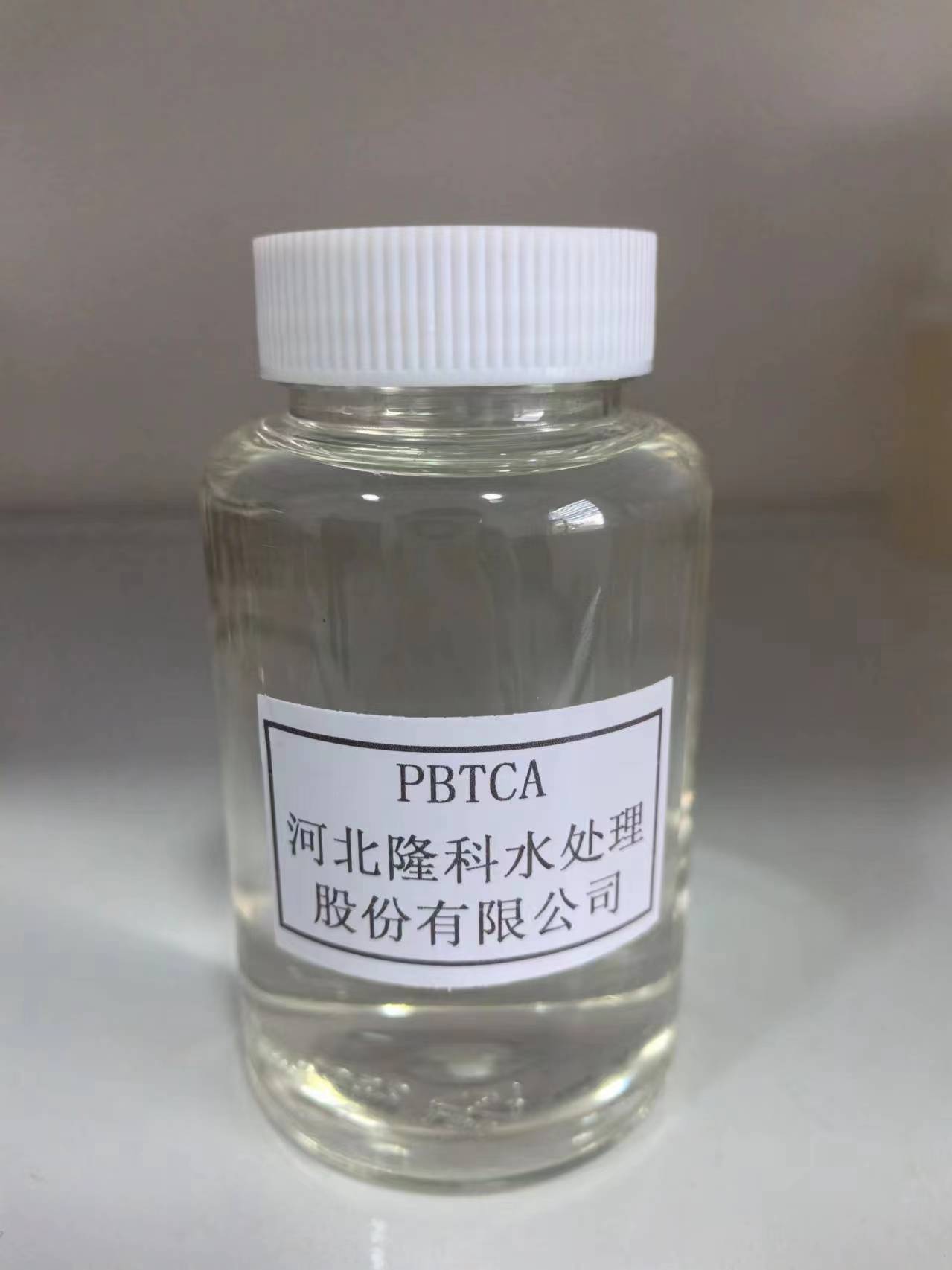Exploring the Applications and Benefits of Cationic Polyacrylamide in Water Treatment Processes
Cationic Polyacrylamide Flocculant An Overview
Cationic polyacrylamide (CPAM) flocculant is a synthetic polymer widely used in various industrial applications, particularly in water treatment processes. Its unique properties make it a valuable tool for enhancing sedimentation and clarification processes in both municipal and industrial wastewater treatment plants. This article explores the composition, mechanisms of action, applications, and benefits of cationic polyacrylamide flocculants.
Composition and Properties
Cationic polyacrylamide is a water-soluble polymer formed by the polymerization of acrylamide monomers, with the introduction of cationic functional groups. The presence of positively charged groups enhances its ability to interact with negatively charged particles suspended in water, thereby promoting agglomeration and flocculation. CPAM's molecular weight can vary significantly, influencing its performance in different applications. Generally, higher molecular weight formulations are preferred for improved viscosity and flocculation efficacy.
Mechanisms of Action
The effectiveness of cationic polyacrylamide as a flocculant lies in its unique charge characteristics and molecular structure. When added to a muddy or turbid water source, CPAM molecules adsorb onto the surface of suspended particles, neutralizing their negative charges. This charge-neutralization process facilitates the aggregation of particles, leading to the formation of larger flocs that are easier to separate from the water.
Additionally, CPAM exhibits excellent bridging capabilities due to its long-chain structure. The polymer chains can span between multiple particles, creating a network that enhances floc formation. As these flocs grow in size, they become heavier and can settle under the force of gravity more rapidly, thus improving the overall efficiency of the sedimentation process.
Applications
cationic polyacrylamide flocculant

Cationic polyacrylamide flocculants have a wide range of applications across various industries. In the water treatment sector, they are utilized for the clarification and purification of drinking water, as well as in the treatment of municipal and industrial wastewater. They help in the efficient removal of suspended solids, colloids, and organic matter, ensuring compliance with environmental regulations.
In addition to water treatment, CPAM is extensively used in the mining industry for the separation of minerals and for tailings management. Its ability to facilitate the settling of solid particles plays a critical role in mineral processing. Furthermore, cationic polyacrylamide finds applications in paper making, oil and gas extraction, and agriculture, particularly in soil conditioning and erosion control.
Benefits
The use of cationic polyacrylamide flocculants provides numerous benefits. They enhance the efficiency of treatment processes, reducing the need for additional chemicals and lowering operational costs. CPAM also improves the quality of treated water, resulting in better compliance with discharge standards. Moreover, the ease of application and adaptability to various conditions make CPAM a preferred choice for many industry professionals.
However, it is essential to consider the potential environmental impacts associated with synthetic flocculants. While CPAM is generally regarded as safe, proper handling and dosage are crucial to minimize the risk of toxicity to aquatic life. Additionally, research is ongoing to develop more sustainable and eco-friendly alternatives to conventional synthetic flocculants.
Conclusion
Cationic polyacrylamide flocculant is a versatile and effective polymer that plays a crucial role in modern water treatment and various industrial applications. Its unique properties enable efficient flocculation and sedimentation processes, contributing to better water quality and resource management. As industries continue to seek sustainable solutions, the development and optimization of cationic polyacrylamide and its alternatives will remain a critical area of research and innovation.
-
Water Treatment with Flocculant Water TreatmentNewsJun.12,2025
-
Polymaleic AnhydrideNewsJun.12,2025
-
Polyaspartic AcidNewsJun.12,2025
-
Enhance Industrial Processes with IsothiazolinonesNewsJun.12,2025
-
Enhance Industrial Processes with PBTCA SolutionsNewsJun.12,2025
-
Dodecyldimethylbenzylammonium Chloride SolutionsNewsJun.12,2025





